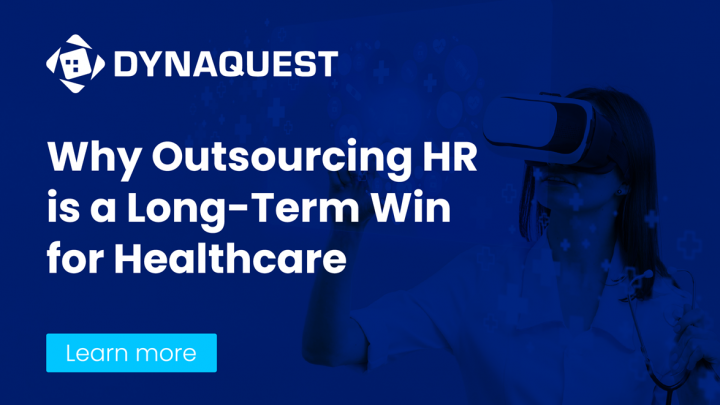Understanding IT Data Management Outsourcing
Introduction: The Growing Need for IT Data Management Outsourcing Data has become the backbone of modern business operations. Every transaction, customer interaction, and strategic decision generates vast amounts of data that need to be stored, processed, and secured efficiently. However, managing data in-house presents significant challenges, including high costs, security risks, and scalability issues. For businesses of all sizes, outsourcing IT data management is emerging as a strategic solution. By partnering with specialized service providers, organizations can achieve enhanced security, cost savings, and operational efficiency—all while focusing on their core business functions. This guide explores the key aspects of IT data management outsourcing, its benefits, and how businesses, particularly law firms and financial institutions, can leverage it for long-term success. Why Data Management is Critical for Businesses Today The volume of global data is expected to reach 181 zettabytes by 2025 (Statista), making efficient data management more critical than ever. Here’s why businesses must take data management seriously: With these challenges in mind, organizations must seek solutions that ensure seamless, secure, and cost-effective data management—outsourcing being a viable option. Key Factors Driving IT Data Management Outsourcing Businesses are increasingly turning to IT data management outsourcing for the following key reasons: 1. Cost-Effectiveness: Lowering Operational Expenses Outsourcing eliminates the need for expensive in-house IT infrastructure, hiring, and training costs. According to Deloitte, 59% of companies outsource IT services to reduce costs. 2. Scalability: Adapting to Data Growth Outsourced providers offer flexible, cloud-based solutions that allow businesses to scale data storage and processing capabilities without investing in new infrastructure. 3. Security & Risk Mitigation With cyberattacks on the rise, businesses need advanced security protocols, encryption, and round-the-clock monitoring—services that specialized IT firms provide. 4. Compliance & Legal Considerations Outsourcing partners ensure compliance with evolving data protection laws, reducing legal risks and fines. 5. Focus on Core Business Operations By offloading data management responsibilities, businesses can focus on growth, customer experience, and innovation. Common Misconceptions About IT Data Management Outsourcing Despite its benefits, some businesses hesitate to outsource IT data management due to common misconceptions. Let’s debunk a few myths: 🔴 Myth: “We’ll lose control over our data.”✅ Reality: Reputable outsourcing partners offer customized access controls and transparency to ensure businesses maintain full control over their data. 🔴 Myth: “Outsourcing increases security risks.”✅ Reality: Professional IT service providers implement advanced security measures that surpass in-house capabilities.🔴 Myth: “Only large enterprises benefit from outsourcing.”✅ Reality: Small and medium businesses (SMBs) can save costs and enhance security by outsourcing, making it accessible for all.









